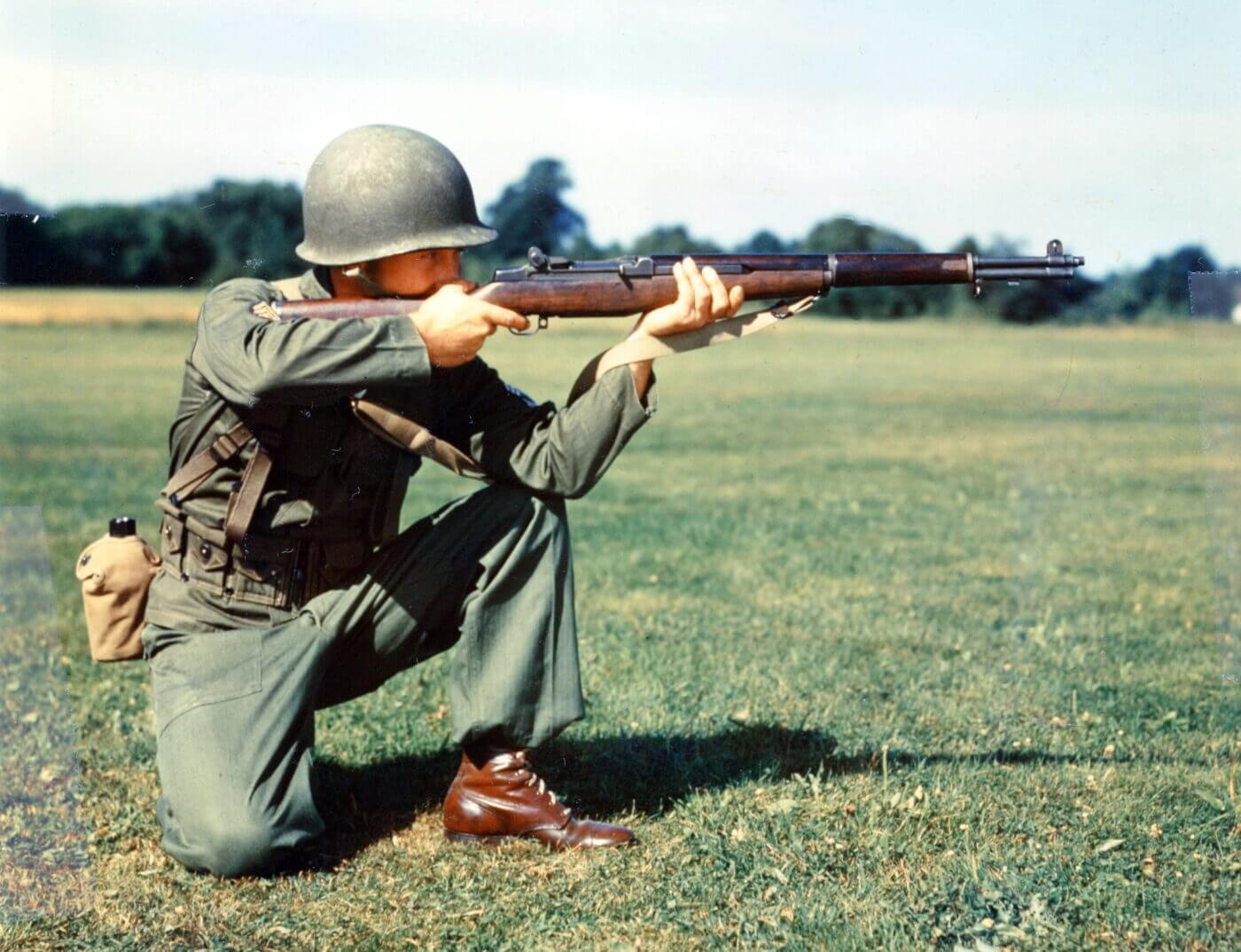
The story of the M1 Garand is more than a story of a rifle—it’s a story about how one innovation can alter the course of history, redefining the meaning of ready, reliable, and deadly on the battlefield. When the United States officially adopted the M1 Garand in 1936 as its standard-issue service rifle, it was not simply a case of routine upgrading but a massive technological leap that gave American soldiers a decisive advantage in some of the most critical wars the world has ever seen.

But it was not easy. The interwar period between World War I and World War II was a time of experimentation with gun designs. The goal was clear: to create a self-loading rifle for rapid, reliable fire, allowing troops to fire more bullets without the deliberate, plodding effort required of bolt-action rifles.

Early designs, like the first “gas trap” Garand, suffered—elaborate cleaning requirements, sensitive performance, and configurations that simply would not withstand the turmoil and grime of actual combat. Still, John Garand and the Springfield Armory staff persevered.

They took soldiers’ grievances seriously, learned from every setback, and eventually created a gas port system both simple and robust. Due to this persistent work, the originally flawed prototype became what General George S. Patton famously called “the greatest battle implement ever devised,” as historian Dr. Thomas E. Ward II penned.

What truly set the M1 Garand apart wasn’t just its semi-automatic design, although that alone was groundbreaking. It came with the powerful .30-06 Springfield cartridge to provide the amount of stopping power available in close combat and shots fired at long range. Its eight-round en-bloc clip made for easy reloading, and the gas-operated system ensured that each pull of the trigger chambered a fresh round automatically.

Soldiers could place a rapid, precise burst of fire upon the enemy—a dramatic improvement over the clumsy rate of bolt rifles. The adjustable sights of the rifle and its sturdy construction also made it reliable even under the worst of conditions. And it could be broken down for field operation with no tools at all, a real blessing to soldiers who were wading through muck and mud.

These qualities directly equate with battlefield success. Whether across the Pacific jungles or European battlefields, American soldiers with the Garand were quicker to react, deliver more firepower, and keep up with the fluidity of warfare in ways their adversaries simply couldn’t.

Marines initially with the older M1903 Springfield bolt-action rifles soon discovered the Garand’s value when Army units arrived with it, and soon many were “borrowing” Garands wherever possible, according to SWAT Survival. The capacity to fire shots rapidly in succession without having to lose their sights was a real game-changer, particularly in the hectic, vicious firefights typical of World War II and Korea.

The numbers of production speak for themselves. The production numbers themselves tell us a great deal. Crate Club puts the number of M1 Garands produced between 1937 and 1957 at more than 5.4 million, with Springfield Armory leading the charge. This titanic endeavor of production ensured that American soldiers were armed with some of the finest rifles of their era, setting a precedent for quality and numbers in military stocks.

The M1 Garand’s heritage was not muted when the war rifles fell silent. Its concepts of semi-automatic operation, durability, and simplicity became the foundation of limitless subsequent military rifles worldwide. The rifle’s distinctive “ping” sound when the en-bloc clip is ejected is forever etched on American military history, be it in movies, ceremonies, and veterans’ accounts. Collectors and sport shooters even today greatly prize original Garands for craftsmanship and history, and the rifle remains a staple of ceremonial units and vintage competitions.

The development of the M1 Garand is one of perseverance, tenacity, and a refusal to compromise for anything but excellence. It’s a testament to the fact that the most groundbreaking ideas are often born of perseverance and learning through failure. The M1 Garand was not just a weapon; it changed how wars were waged, as well as the way soldiers viewed their power and role in history.
